The Diminishing Art of One-Handed Backhand
Everything changes with time; nothing is constant. Tennis has evolved leaps and bounds since its inception. From generation-to-generation, a lot of changes have come. Heavy small-headed wooden racquets gave way to lighter large-headed composite ones, the rules changed, the way tennis is played evolved. One such significant thing that changed is the beautiful One-Handed Backhand. More and more players are now playing the Two-Handed Backhand; making the former a diminishing art with time. Here is a look at how it has evolved and who the ultimate experts are. There are a very few players on tour who still use it, and there are fewer still who use it as a signature shot as well as a weapon.
History of the One-Handed backhand:
From the 1940s to the 1960s, the flat single-handed backhand was popularized by many players, most famously Rod Laver and Don Budge. He was one of the first players to use a flat single-handed backhand with a hint of top-spin. In those days, flat or top-spin shots were not rare, but they were not common shots and were used mainly for variety only, especially on the backhand side. These shots were generally faster-paced, but were considered harder to learn and execute. Today, there are only a few players who use the flat single-handed backhand, such as Stanislas Wawrinka and Roger Federer, although they have added more top-spin to cope with top-spin from other players as well. However, by the 1980s, the flat single-handed backhand was the norm for most single-handed backhand players, with players such as John McEnroe and Pete Sampras using it to great effectiveness. Paul McNamee, an Australian pro, switched from a one-hander to a two-handed backhand in 1979, which fuelled little more than doubts and curiosity. He remains the only pro ever to have swapped backhands mid career.
Why is One-Handed Backhand a dying art?
The two-handed backhand may be a less destructive shot than the one-hander, but it is also safer: the extra hand on the racket means it is easier to handle incoming pace and spin, and to swing the racket along a predictable path because of the power game that is played nowadays. But the One-Handed backhand is an artistry. It’s a difficult shot and yet if played correctly, it places the shot beautifully.
Well, in truth, we all start out with a 2-handed backhand, particularly those of us who got an early start in the game, and the biggest problem a child faces on the tennis court, besides seeing over the net, is the challenge of maintaining racquet head stability. In the abstract, any good tennis pro will tell you that no matter how weak/strong you are, the best solution to this problem is the quality of your technique – if you do everything right technically before, during and after your stroke, you’ll never need that second arm on either side. But there’s the rub: you can’t make any mistakes technically – not in your footwork, court positioning, your stroke production or your follow through, because if you do it’s nearly impossible to hit a 1-handed backhand properly. The same cannot be said for the 2-hander.
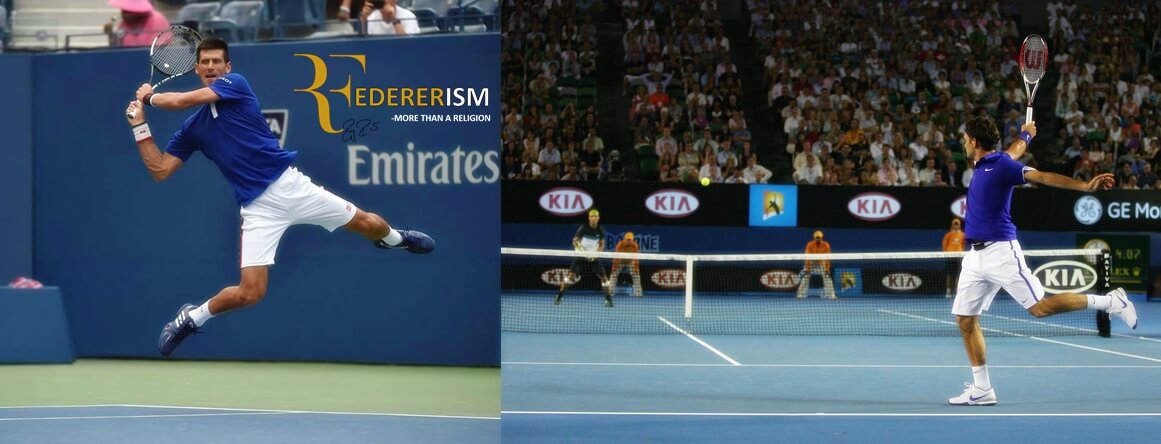
The second hand gives the added racquet head stability you need when you haven’t quite hit your mark in court positioning or footwork. It allows for that smooth delivery of strings to ball that is essential for a shot even rarer in tennis than the 1-handed backhand – a flat ground stroke. Freed from the need to sacrifice power for control, a 2-handed backhand is more likely to be delivered flat and straight as an arrow – just the sort of thing a modern player approaching the net could take advantage of, but hardly anyone consistently rushes the net anyway, so this advantage is lost on this generation.
The one-handed backhand gets a bad rap as it takes longer out of the box to develop but if it is learned correctly, it can be a devastating all-court shot. If coaches knew the exact technique to teach a one handed backhand at an early age [8-12], then we would naturally see a huge resurgence in the shot.
“There is an understandable emphasis placed on youngsters by parents and coaches to win the race to the top and a double-hander helps with that. Especially on high bouncing balls and returning serve,” says Weston.
“I would be teaching a two handed topspin and a one-handed slice and volley. It practically takes a genius to hit a single-handed backhand.” Those are the words of 18-time Grand Slam champion Martina Navratilova. If that is the prerequisite for success, perhaps that is why this majestic shot is fast becoming a dying art. In years to come it might just be consigned to the pages of history.
Even 17-time Grand Slam champion Federer admitted that he would teach his kids to play with a two-hander due to the rackets being too heavy for up-and-comers—and legendary tennis coach Nick Bolletieri said nobody could ever beat Federer if he wielded a two-hander.
For the last decade, the discussion of One handed backhand mostly came up only when Roger Federer Struggled against Rafa Nadal.
“If I go up to the net, I hit to his backhand,” writes Rafael Nadal of his strategy for playing Roger Federer in the 2008 Wimbledon final, in his book, Rafa. “Not to his drive, his strongest shot. Losing your concentration means going to the net and hitting the ball to his forehand, or omitting in a rush of blood to serve to his backhand – always to his backhand –or going for a winner when it’s not time.”
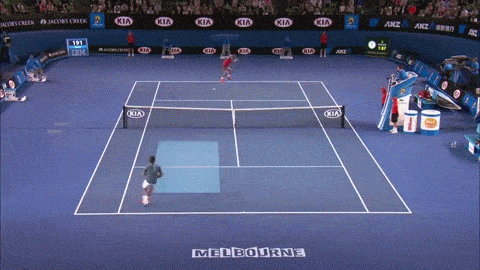
It may seem strange that Rafa’s strategy against Federer could be so simple, but it is. As much as we’ve all seen Federer’s majestic backhand wreak havoc on other opponents, the cold, hard truth is that it is grossly mismatched against Nadal’s lefty serve and forehand, and Nadal takes the court knowing that he can grind Federer down this way. It’s not that Federer has a weak backhand, either. He’s got one of the best one-handed backhands in the history of the sport.
“My former coach, Jelena Gencic, actually wanted me to play with one hand. I was feeling very weak because most of the kids were sending high balls to my backhand, so I would start supporting the right hand with the left. That’s how I started playing with two.”- Novak Djokovic
Therein lies the demise of the one hander.
Along with the general slowing of surfaces, the impending demise of the one-handed backhand will stand a symbol of the increasing homogenization of the game, the ultimate triumph of function over form.
“Even though two-handers have much more incredible technique,” says Federer. “I always prefer to watch a one-handed backhand.”
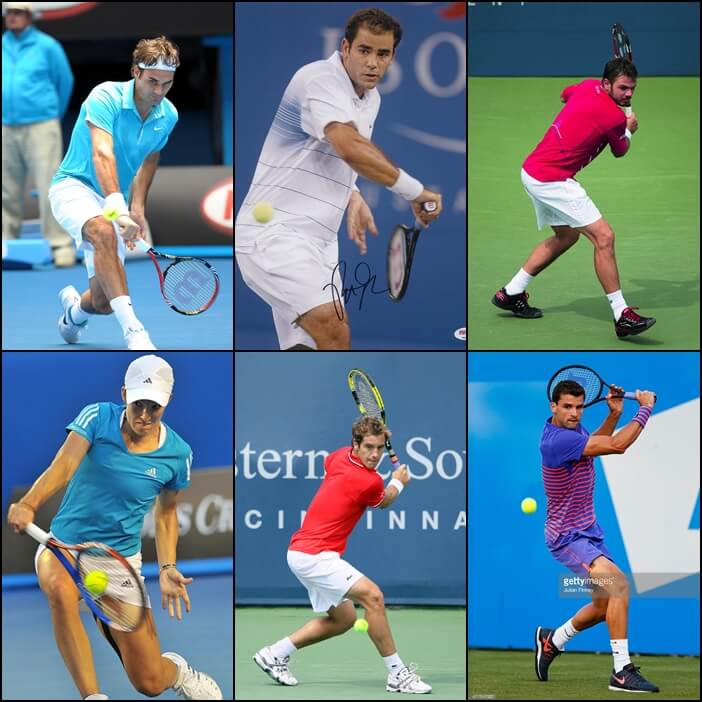
Who are the proponents of the One-Handed Backhand?
- Roger Federer
- Stanislas Wawrinka
- Justine Henin
- Pete Sampras
- Francesca Schiovone
- Richard Gasquet
- Grigor Dimitrov
The Best Backhand tennis has ever seen is Roger Federer’s. His bank hand is as if he is creating an artist’s masterpiece. With the change in the Speed of Court’s Federer adapted his backhand and started generating more Top spin on his backhand wing. With the change in racket in 2014 he was able to generate more Top spin than any other on tour.
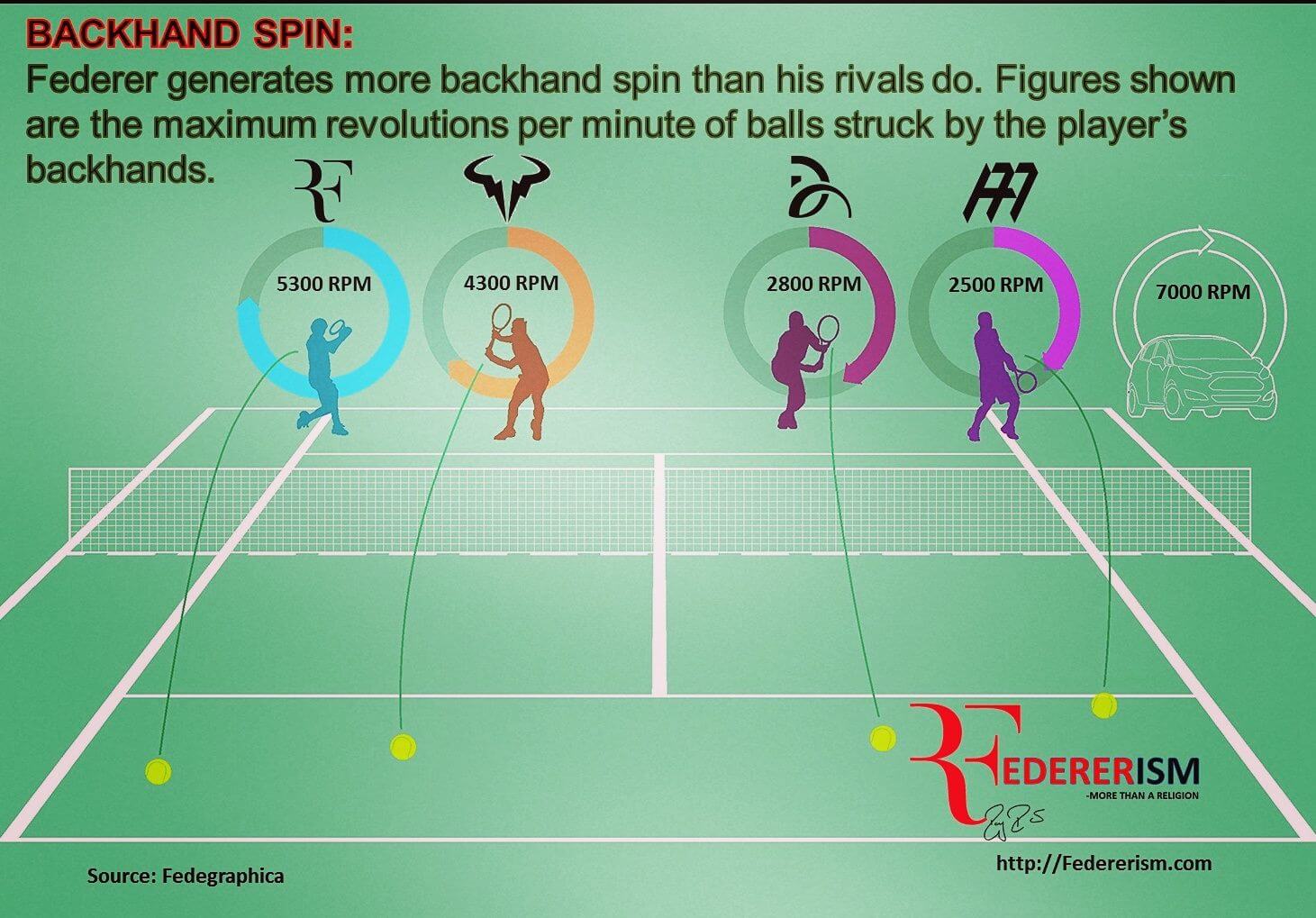
Meanwhile, among the women, sightings will be even rarer. Of the current WTA top 50, just two play their backhands unaided by a second hand.
Such scarcity is a shame, because, in contrast to all other strokes, it is virtually impossible for the single-handed backhand to look ungainly. Whenever it is unleashed, it’s a free-flowing, pulse-raising delight. I vividly remember the down-the-line pass with which Federer saved a match point in his epic 2008 Wimbledon final against Rafael Nadal. The shot felt like a distillation not just of Federer’s talents, but of all that is beautiful about the single-hander – with its exaggerated shoulder turn, coiling take-back, and sumptuous extension of the hitting arm. The single-hander, when struck well, is unique in giving the player access to blinding power with a seeming absence of effort.
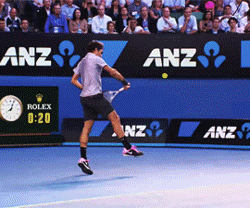
Post your opinions below in Comments section.



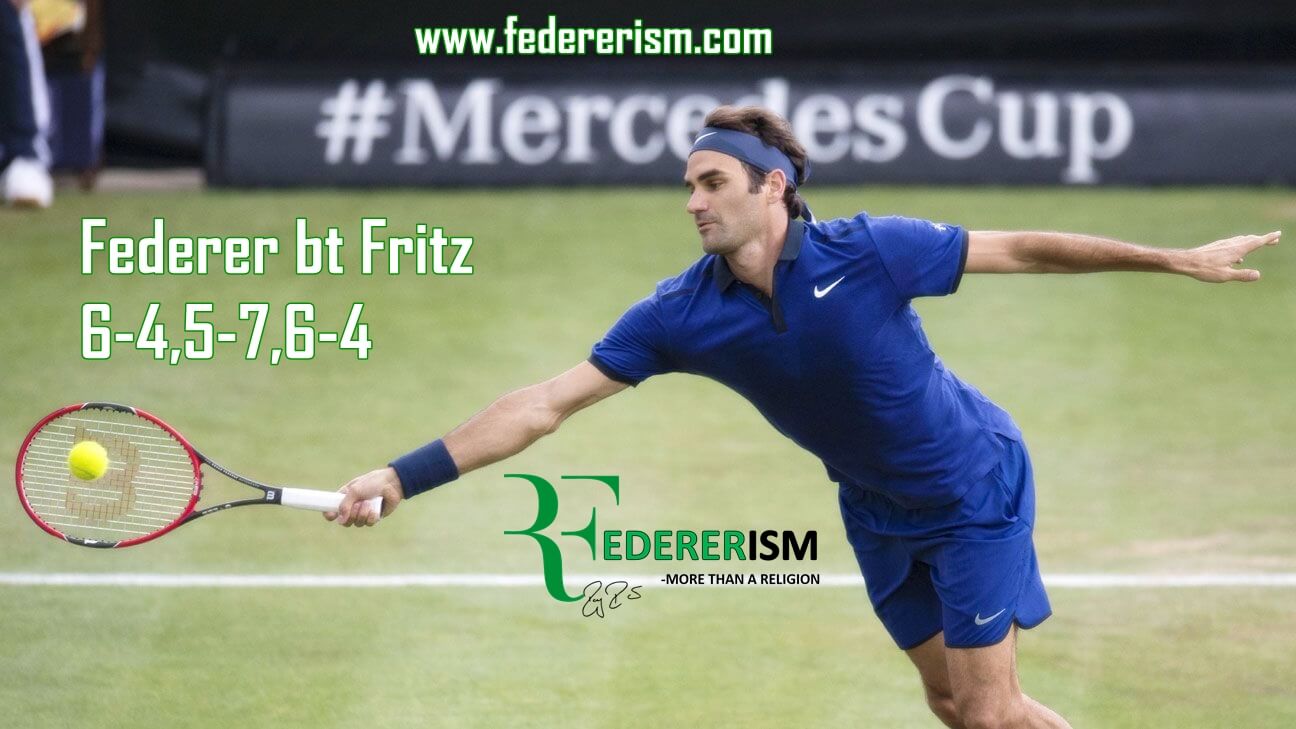
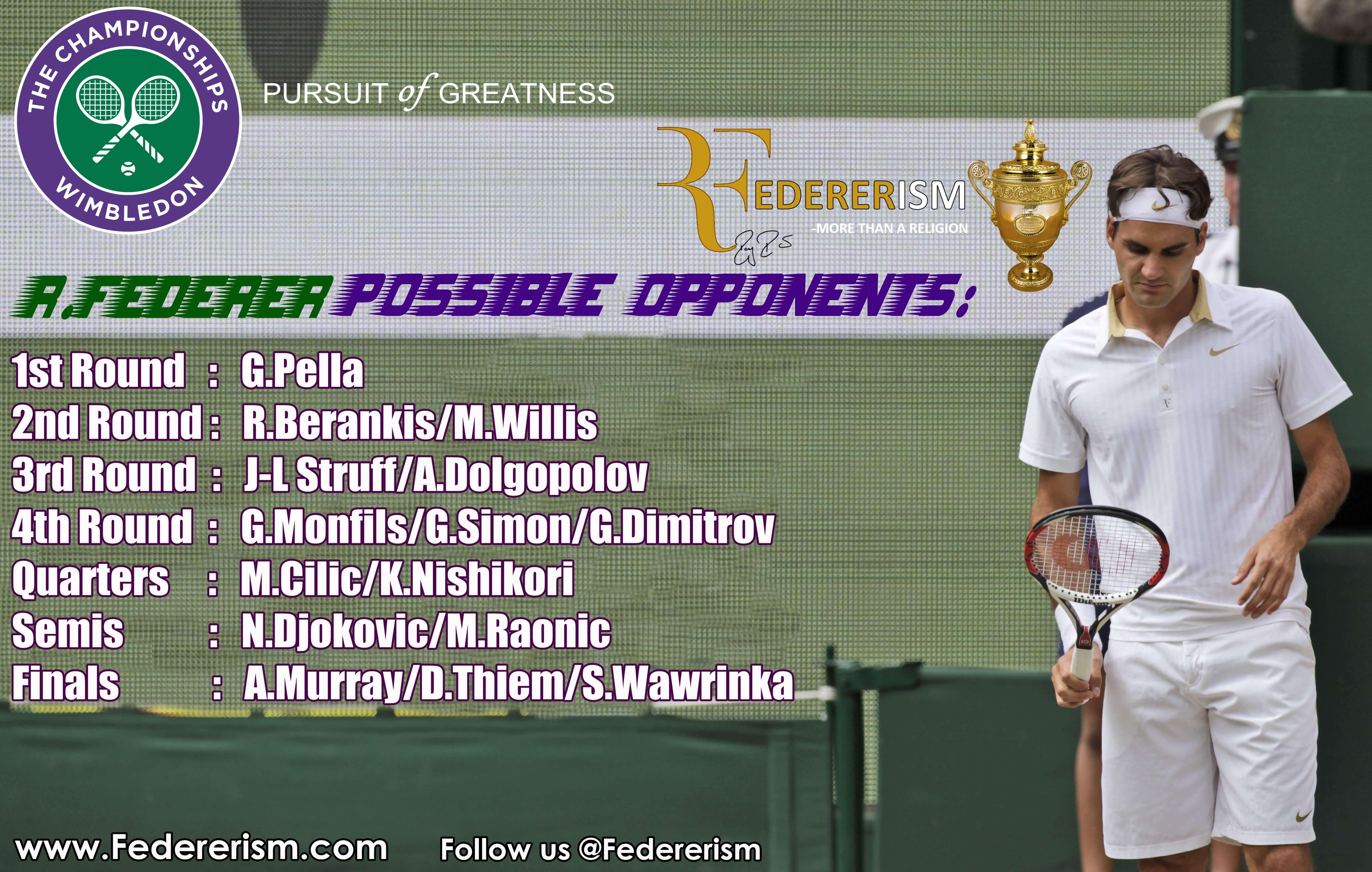
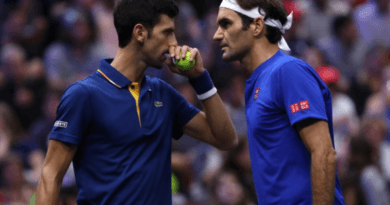
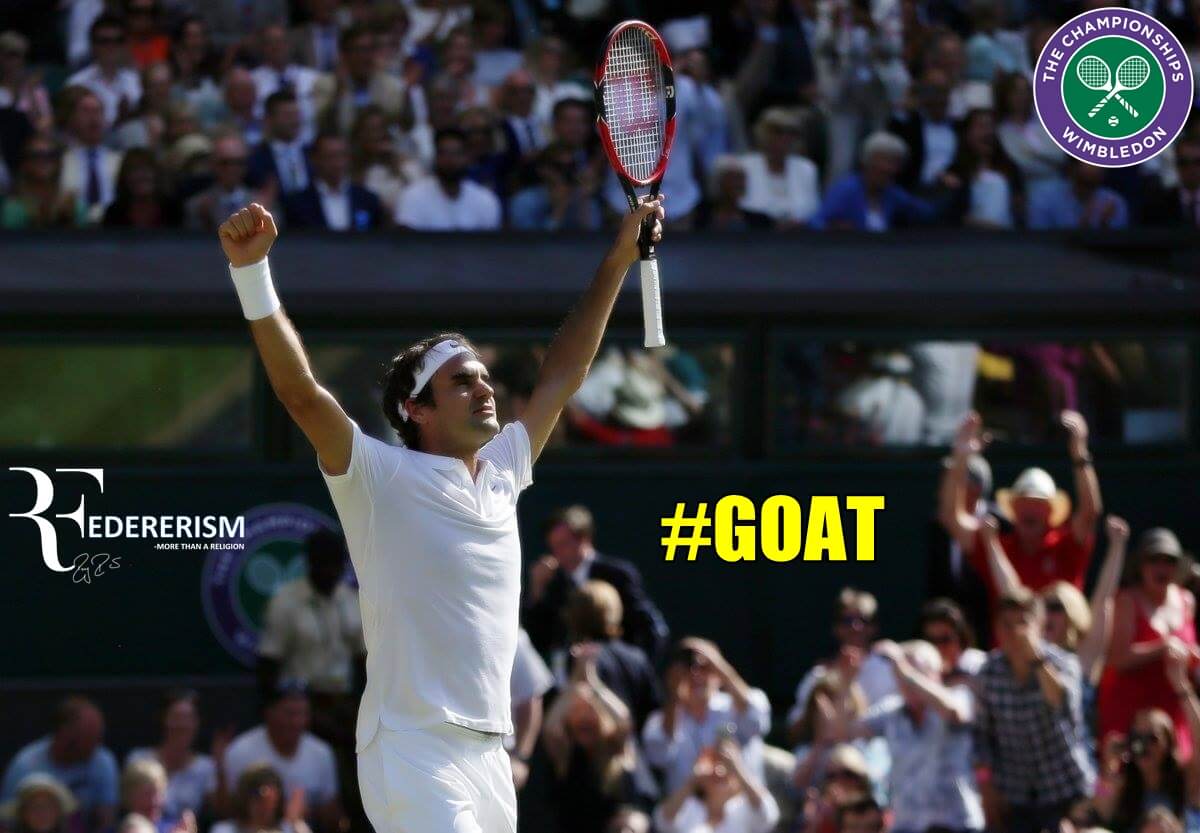
Steffi Graf popularised it the most amongst the WTA players 🙂
your website web page is very amazingly good!!!